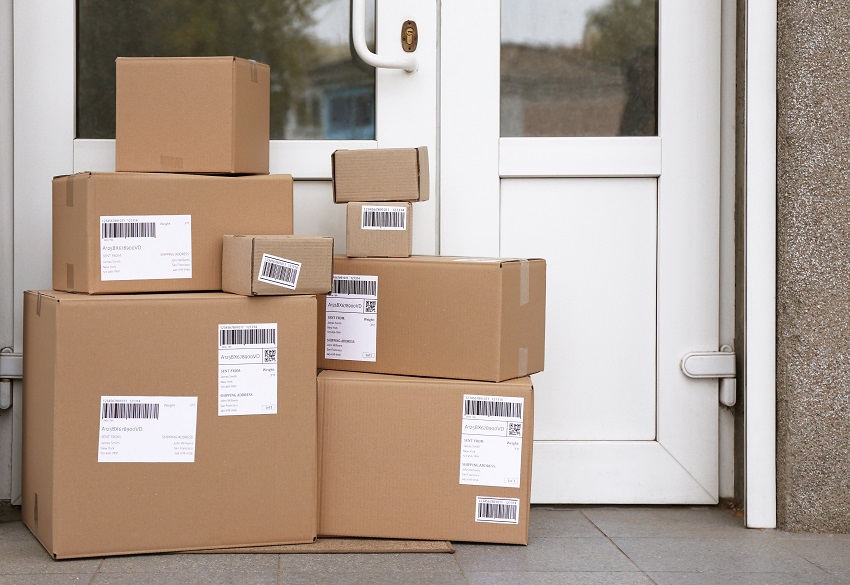Covid-19 has impacted every industry globally, and parcel shipping is no exception. Most notably, the pandemic resulted in more people turning to online shopping and caused a tremendous increase in ecommerce. This shift put a huge amount of pressure on shippers and carriers, many of which weren’t ready to handle this sudden operational change. It is something many logistics departments continue to struggle with.
Disruptions to the Parcel Market
An immediate impact to shippers at the onset of the pandemic was the many carrier-implemented fees and surcharges intended to cover their increased operating expenses. At the time, the difficulties put on carriers’ businesses and the spike in volume of shipments were understandably challenging for them.
At the same time, consumer demand for fast and accuarate service remained high, so the pressure on shippers to maintain service levels and manage costs also remained high despite what was going on behind the scenes. This made it necessary for shippers to be creative and adapt with new ways of completing deliveries — a need that still exists today.
As we reflect on the past year, we see that customer expectations have continued to increase despite what has occurred. Luckily, the ability of delivery networks to perform has increased as well. It is reasonable to say that, overall, the pandemic has made small parcel delivery better in many ways.
Lessons to Learn
Nonetheless, the way shippers manage their carrier relationships and shipping operations requires more attention than ever. Here are a few areas where shippers need to remain diligent.
- Rate changes and surcharges: There were an unusual number of surcharges and fees announced on short notice that shippers have had to pay with little recourse. Staying up to date on the carriers’ rate announcements is more important than ever.
- Volume restrictions: Many retailers were surprised by carrier-imposed volume restrictions at key shipping periods. Ensuring that capacity guarantees are in your agreements should be a priority for large-volume shippers before peak season starts again.
- Diversification: All shippers should have a list of alternative carriers to diversify their last-mile delivery options. This list should include not only UPS and FedEx, for example, but also the USPS, regional parcel carriers, and even crowdsourced delivery options where it makes sense.
- Risk management: Where manufacturing and distribution are concerned, shippers should pay attention upstream in their supply chain, too, because there is a severe ongoing disruption in the ability to source and import goods.
- Parcel technology: Leveraging technology helps to ensure the most cost-effective and fastest routing for each shipment.
- Shipping data: Parcel business intelligence (BI) tools help shippers consider carriers and delivery options according to both real-time and long-term strategic needs, such as DC locations, supplier locations, and changing customer demographics.
Parcel Shippers Can Have a Better Year
The chances are that most of the changes of the past year are here to stay, so it’s the responsibility of shippers to learn from what’s happened to ensure the next 12 months are better than the past year has been. With change comes opportunity, so this is a chance for smart shippers to reshape their operation and best position it for future success.


